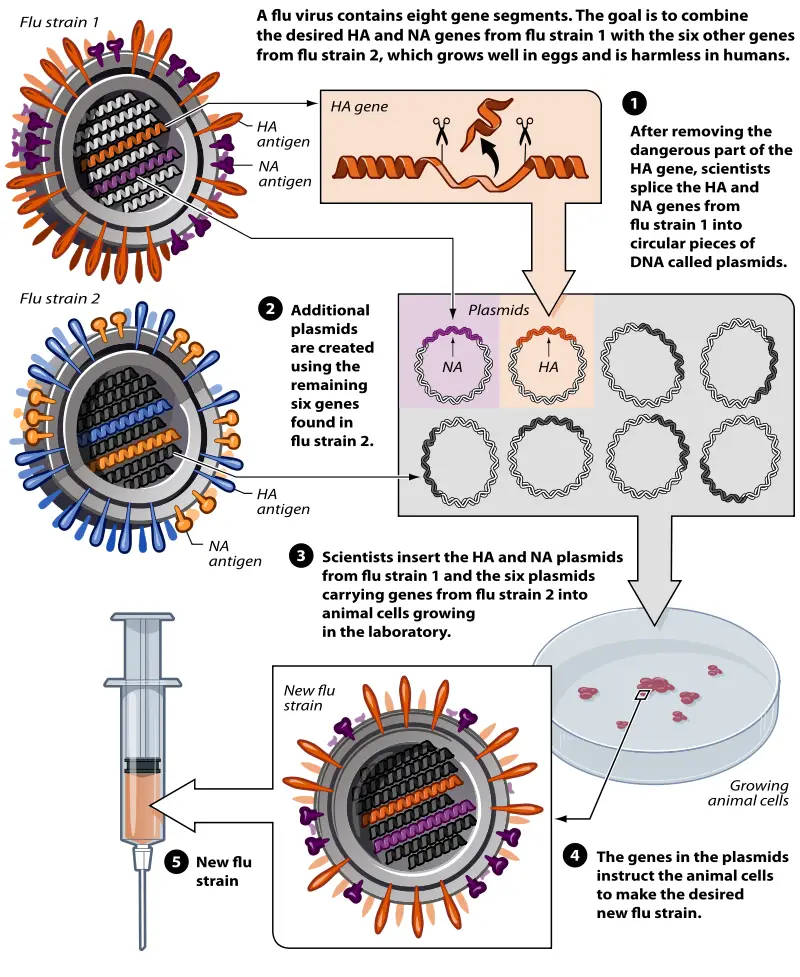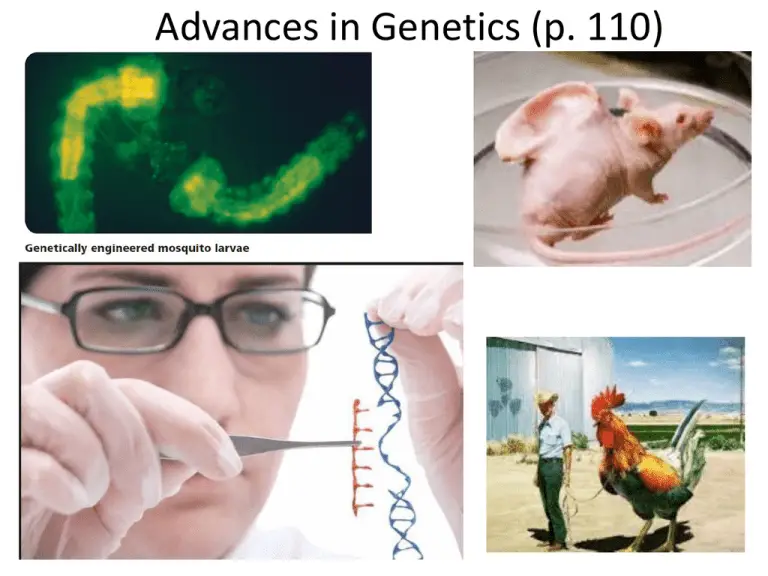Exploring the Frontiers of Reverse Engineering in Genetics

Executive Summary

Reverse engineering is a fundamental concept in engineering, in which a complex system is analyzed to understand its inner workings and design principles. In the context of genetics, reverse engineering aims to decipher the intricate mechanismsunderlying gene function and genetic networks by dissecting their components and interactions. This innovative field has the potential to revolutionize our comprehension of biological processes, enabling us to develop novel approaches to manipulate and control genetic systems for therapeutic and biotechnology applications.

Introduction
The advent of powerful sequencing technologies and sophisticated molecular tools has opened up unprecedented opportunities for the exploration of genetic sequences and cellular mechanisms. With the availability of vast genomic data and advanced computational methods, scientists are now embarking on the challenging endeavor of reverse engineering genetic systems. This captivating pursuit involves breaking down complex biological networks into their fundamental components, investigating their intricate interactions, and synthesizing new genetic circuits with tailored functionalities.
Subtopics
- Deciphering Genetic Code:
- Central Dogma of Biology: Delineating the flow of genetic information from DNA to RNA and ultimately to proteins.
- Structural Genomics: Elucidating the three-dimensional structures of proteins and nucleic acids to gain insights into their functions and interactions.
- Functional Characterization: Discovering the specific functions of genes and genetic variants through experimental techniques and bioinformatics analyses.
- Genetic Variation and Genotype-Phenotype Relationships: Exploring the link between genetic variations and phenotypic traits, including diseases, to understand the genetic basis of complex disorders.
- Unraveling Gene Regulation:
- Transcriptional Regulation: Investigating the mechanisms controlling gene expression, including transcription factors, promoters, and enhancers.
- RNA Processing and Regulation: Deciphering the processes of RNA splicing, editing, and regulatory RNA molecules like microRNAs and siRNAs.
- Epigenetic Regulation: Studying the dynamic changes in gene expression patterns induced by epigenetic modifications such as DNA methylation and histone modifications.
- Non-Coding RNAs: Unraveling the roles of long non-coding RNAs, circular RNAs, and other non-coding transcripts in gene regulation and cellular functions.
- Dissecting Genetic Interactions:
- Protein-Protein Interactions: Mapping the interactions between proteins to understand the assembly of protein complexes and signaling pathways.
- Genetic Interactions: Identifying genetic interactions between genes, including synergistic, antagonistic, and epistatic relationships.
- Systems Biology Approaches: Employing computational and experimental techniques to construct and analyze comprehensive models of genetic networks and cellular pathways.
- Synthetic Circuits: Designing and constructing artificial genetic circuits to investigate fundamental biological principles and engineer novel genetic systems.
- Synthetic Biology and Genetic Engineering:
- Genetic Engineering Techniques: Developing and refining methods for manipulating genetic material, such as gene editing, gene targeting, and genome engineering.
- Metabolic Engineering: Rewiring metabolic pathways to optimize cellular functions, produce valuable chemicals, and synthesize biofuels.
- Xenogenetic Circuits: Exploring the potential of introducing genetic elements from different species to create novel biological functionalities.
- Tailoring Genetic Circuits: Engineering genetic circuits with specific input-output relationships and regulatory mechanisms for biotechnology applications.
- Biotechnology Applications and Therapeutic Potential:
- Gene Therapy: Utilizing genetic engineering approaches to deliver therapeutic genes into target cells to treat genetic disorders and diseases.
- Genome Editing: Harnessing gene editing technologies, such as CRISPR-Cas, to correct genetic defects and modulate gene expression for therapeutic purposes.
- Genetic Biosensors: Constructing genetic circuits that can sense and respond to specific molecular signals for diagnostic and research applications.
- Drug Discovery: Exploiting reverse engineering principles to identify genetic targets for drug development and optimize therapeutic strategies.
Conclusion
Reverse engineering in genetics is a rapidly advancing field that promises to unveil the intricate mechanisms underlying life processes. By dissecting genetic systems and understanding their components and interactions, we can gain unprecedented insights into biological phenomena, pave the way for innovative biotechnology applications, and develop gene-based therapies to address complex diseases. The integration of cutting-edge technologies, computational tools, and interdisciplinary collaboration will further accelerate the progress of reverse engineering in genetics, leading to transformative advances in the field of molecular biology and beyond.
Keyword Phrase Tags:
- Reverse engineering in genetics
- Genetic code and gene regulation
- Genetic interactions and synthetic biology
- Biotechnology applications of gene engineering
- Therapeutic potential and gene therapy

This article provides a fantastic overview of the exciting field of synthetic biology, with a particular focus on the significance of reverse engineering. The author effectively highlights the potential of this approach to revolutionize various aspects of our lives. The use of real-world examples and the inclusion of detailed explanations make the content highly engaging and accessible to readers. Overall, an exceptional piece that stimulates further exploration and understanding of this fascinating subject matter!
While the article touches on the potential of reverse engineering in synthetic biology, it fails to address the ethical implications and potential risks associated with this technology. The lack of critical analysis and consideration of the broader societal impacts is a major flaw in this piece. Responsible exploration of scientific advancements requires a comprehensive evaluation of both benefits and drawbacks.
Can someone provide more insights into the practical applications of reverse engineering in genetics? I’m particularly interested in how this approach can contribute to advancements in personalized medicine and the development of novel therapies.
I find it hard to believe that reverse engineering biological systems is as straightforward as the article suggests. The complexity and diversity of biological processes make me question the feasibility of fully understanding and replicating their intricacies.
Oh, so now we’re playing God, are we? Reverse engineering life forms? What could possibly go wrong? Let’s just ignore the potential for unintended consequences and ethical dilemmas. Way to think things through.
Imagine a world where scientists reverse engineer a cow to moo in different languages. We’d have multilingual bovine orchestras serenading us with their moo-sic!
Does reverse engineering play a role in understanding the genetic basis of diseases? If so, how can this knowledge contribute to the development of more effective treatments?
This article has sparked my imagination and made me realize the boundless possibilities that lie ahead in the field of synthetic biology. I can’t wait to see what innovative breakthroughs reverse engineering will bring in the future!
I’m struggling to grasp the concept of reverse engineering biological systems. Can someone simplify it for me and provide a step-by-step breakdown of the process?